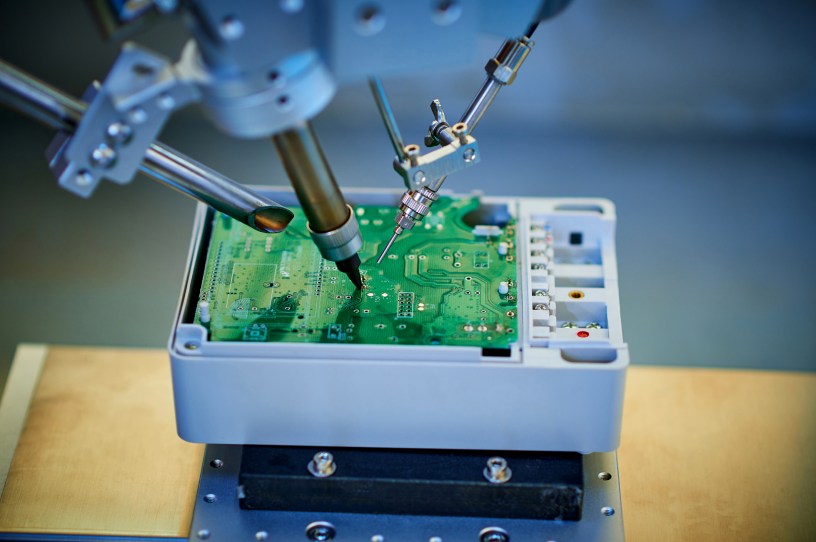Game On

The Biden administration is aggressively limiting China’s access to American technologies that are critical for semiconductor development, artificial intelligence (AI), and advanced computing. These new actions show the United States is not simply trying to slow China’s technological advancement, but to arrest and to contain it. But if this strategy is to succeed, policymakers will need to enforce these provisions consistently while also getting foreign allies to adopt similar measures. Industry leaders, likewise, need to understand and adapt to these changes, which are likely harbingers of even more disruption in the near- to mid-term.
What did Biden do?
On Friday, the White House published a series of new export controls that, when taken together, constitute a significant escalation in the economic and technological tensions between Washington and Beijing. In fact, one group of analysts published a detailed explanation of the rules under the title, “China and USA Are Officially At Economic War.” While I wouldn’t go quite that far, I understand their point. Here are the main muscle movements and what they mean.
First, 31 new Chinese entities are now on the Unverified List (UVL), which is managed by the Bureau of Industry and Security at the U.S. Department of Commerce. These companies were added to the UVL because the Chinese government will not allow the United States to verify that these entities are not illegally aiding prohibited groups, like the Chinese military or intelligence services. The listees are essentially presumed to be compromised and American exporters must meet more rigid standards before they can do business with them. But that’s only the beginning.